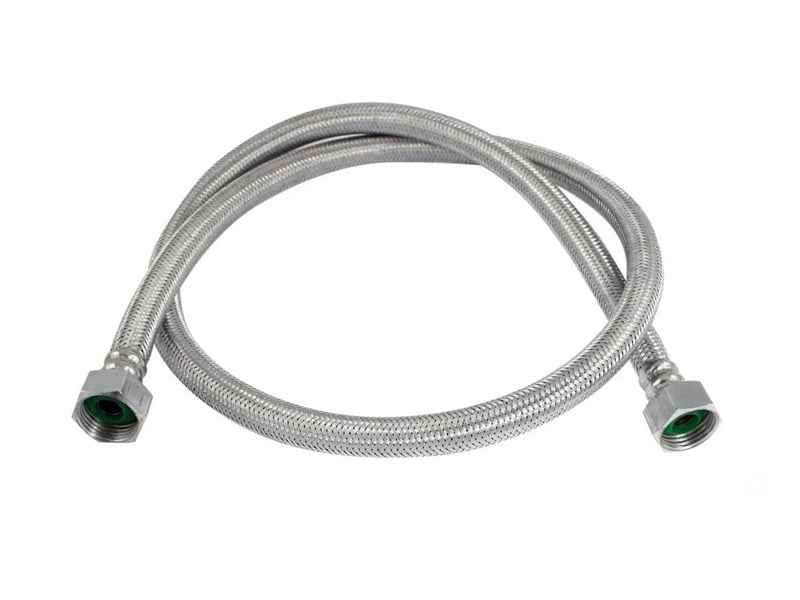Why is insulation applied to stainless steel flex hoses?

Stainless steel flexible hoses are typically used to transport liquids or gases and insulation may be necessary for such hoses in some specific applications. Here's why insulation can be applied to stainless steel flex hoses:
1. Temperature Control: Stainless steel flex hoses can be used to transport liquids or gases at high temperatures. Heat insulation is used to maintain the temperature of the liquid or gas passing through the hose. Temperature control is particularly important in industrial processes or temperature-sensitive applications.